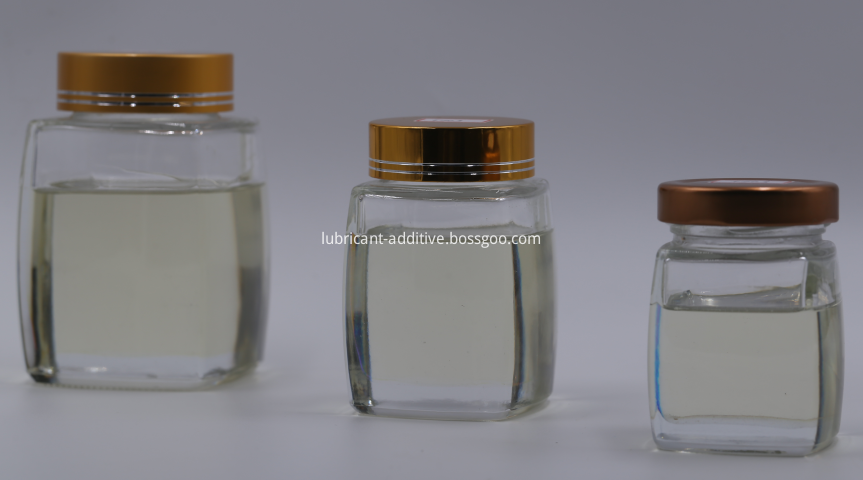First, the source of occupational hazards
The factors that endanger the health of workers in the production process, labor process, and work environment are called occupational hazards. Diseases caused by occupational hazards are called occupational diseases. Occupational hazards are divided into three categories according to their sources:
1) Occurrence of occupational disease hazards in the production process:
Raw materials, industrial poisons, dust, noise, vibration, high temperature, radiation, infectious factors, etc. related to the production process. Including chemical factors such as dust, various poisons; physical factors such as high temperature, low temperature, high pressure, low pressure, noise, vibration, high frequency, microwave, infrared, ultraviolet, laser, radiation, etc.; certain biological pathogenic factors .
2) Occupational hazards occurring during labor:
Irrational labor system and labor organization can cause damage to the health of workers. Such as excessive labor intensity, long working hours, excessive mental or visual tension, etc. Excessive tension in individual organs or systems, such as strained eyesight; long periods of poor posture or use of unreasonable tools
3) Occupational hazards caused by operating environment:
Poor weather conditions, small workshops, unreasonable workshop locations, poor lighting, and other general health conditions and adverse health-related harmful factors: such as the short and narrow workshop, poor lighting, poor ventilation, outdoor work in the hot sun, toxic operations and non-toxic The work is arranged in a workshop.
Second, occupational hazards classification
Occupational hazards, according to their nature can be divided into: chemical factors, physical factors, biological factors in three categories:
(1) Chemical factors: Raw materials, intermediate products, and finished products used in and contacted with the production process, as well as exhaust gas, waste water, and waste residues generated during the production process, may cause harm to human bodies, and are also referred to as industrial toxicants. Toxins are dust, soot (a solid particle aerosol produced by the combustion of fuel), and mist (often referred to as smoke and fog, solid and liquid mixed aerosols such as sulfuric acid fumes, photochemical smog, etc.), The form of steam or gas is spread over different locations and spaces in production sites. Exposure to poison can cause irritation or allergic reactions to humans, and can also cause poisoning.
(1) Industrial toxicants: such as lead, benzene, mercury, manganese, and carbon monoxide; in the welding process, chemical factors such as manganese fume, manganese dust, carbon monoxide, carbon dioxide, and ozone may be generated.
(2) Productive dust: such as dust, coal dust, asbestos dust, and organic dust. In the boiler production workshop, chemical factors such as carbon monoxide, carbon dioxide, sulfur dioxide, and coal dust may be generated during the coal combustion process.
(b) Physical factors: They are the major components of the production environment. Poor physical factors, or abnormal weather conditions such as high temperature, low temperature, noise, vibration, high and low pressure, non-ionizing radiation (visible light, ultraviolet light, infrared light, radio frequency radiation, laser, etc.) and ionizing radiation (such as x-ray, 7-ray), etc. These can all be harmful to people.
(1) Abnormal climatic conditions such as high temperature, high humidity, and low temperature
(2) Abnormal pressure: high pressure, low pressure
(3) Ionizing radiation: such as X-rays, gamma rays;
(4) Non-ionizing radiation: such as visible light, ultraviolet, infrared, laser, etc.
(5) Noise and vibration
(3) Biological factors: Raw materials, auxiliary materials used in the production process, and some pathogenic microorganisms and parasites in the operating environment, such as Bacillus anthracis (The most common skin anthrax occurs in slaughter, tanning or brushing Workers and breeders.), Virus, mold, Brucella, forest encephalitis virus, fungi, etc.
In the actual production process, there are factors related to labor physiology, labor psychology, and environment-related environmental factors.
This article is a reprint of online media. It only represents the author's point of view. It has nothing to do with this site. If news articles and comments infringe your legal rights, please call us and we will handle it in a timely manner.
It is a kind of Semi Synthetic Cutting Fluid specially developed for aluminium and magnesium processing in electrical industry. It doesn't contain chlorine, phenols and nitrates., and contains special anti-hardening agent, can be suitable for high hardness 6000-8000ppm hard water caused by magnesium ion.

Water Soluble Semi Synthetic Cutting Fluid
Water Soluble Cutting Fluid,Water Soluble Semi Synthetic Cutting Fluid,Semi Synthetic Cutting Fluid,Semi Synthetic Mwf Cutting Fluid
Zhengzhou Chorus Commerce & Trade Co.,Ltd , https://www.cn-lubricantadditive.com
